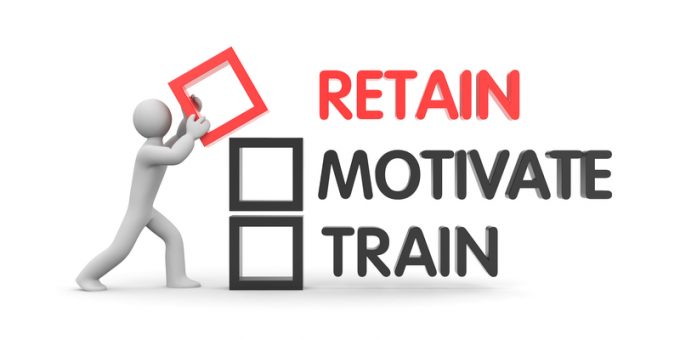Worker shortages won't be solved by more pay, a career path is key
Labour shortages present one of the biggest threats to the logistics sector, but more pay ...

During the recent Cargo Facts Asia conference, one airline executive stated: “Airlines are responsible for the problems in ground handling. Handlers have simply been squeezed too much by the airlines… ground handling operations are now one of the best opportunities for service improvements in the ...

Comment on this article